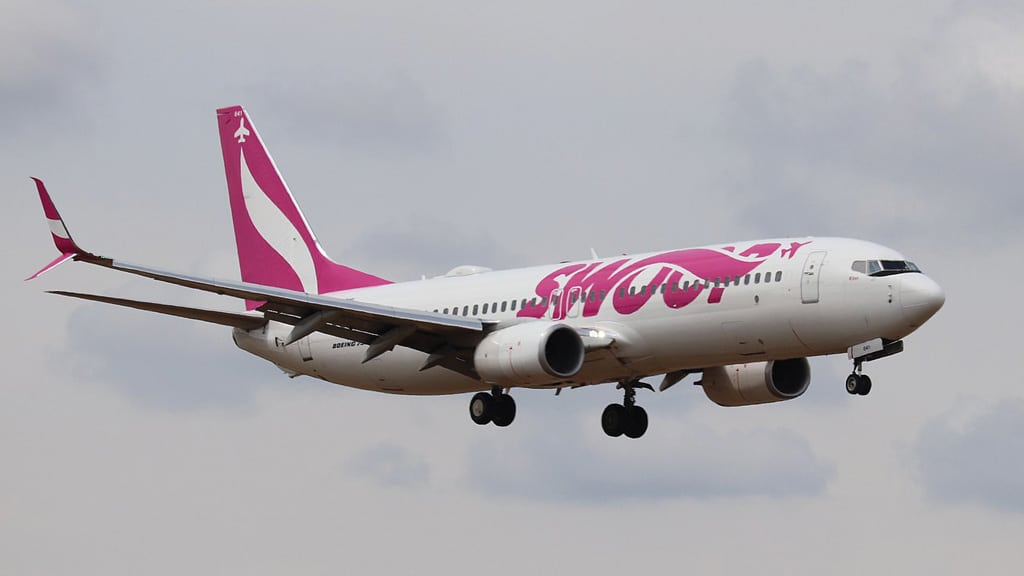FLYHT Aerospace Solutions announced that the company is partnering with Swoop Airlines to reduce emissions by eliminating non-essential auxiliary power unit (APU) usage. The program is partially funded through a grant of $150,000 from the Alberta Innovates Product Demonstration Program.
The FLYHT real-time APU monitoring and notification program allows an airline to reduce its APU run times by providing timely, targeted and actionable notifications, thereby reducing CO2 emissions and providing cost savings for the airline. This initiative is aligned with FLYHT’s goal of providing environmentally beneficial solutions that enhance the profit potential for an airline and that create a greener, safer world. The APU consumes approximately 250 lbs of fuel per hour under normal operation.
This APU solution leverages FLYHT’s AFIRS family, including the latest platform, AFIRS Edge, an on-wing monitoring and ground infrastructure. The AFIRS family allows for real time monitoring of aircraft data and can be powered by the aircraft’s engines, an external ground power source, or the aircraft APU. The AFIRS Edge has been developed with repayable funding support from Prairies Economic Development Canada through its Western Innovation Initiative.
“FLYHT is always looking for ways to support our customers in their ongoing initiatives to reduce their environmental impact, and we are very happy to have the support of Alberta Innovates to do so,” Bill Tempany, CEO, said. “Our relationship with Swoop gives a real Alberta flavor to a global initiative. The results of this work can be rolled out around the world to our more than 80 airline customers.”
Charles Duncan, president of Swoop, commented, “The FLYHT APU solution aligns with our commitment to reduce greenhouse gas emissions by operating our fleet and ground infrastructure as efficiently and safely as possible. We are proud to be working with FLYHT to move the industry forward in the effort to reduce emissions.”
